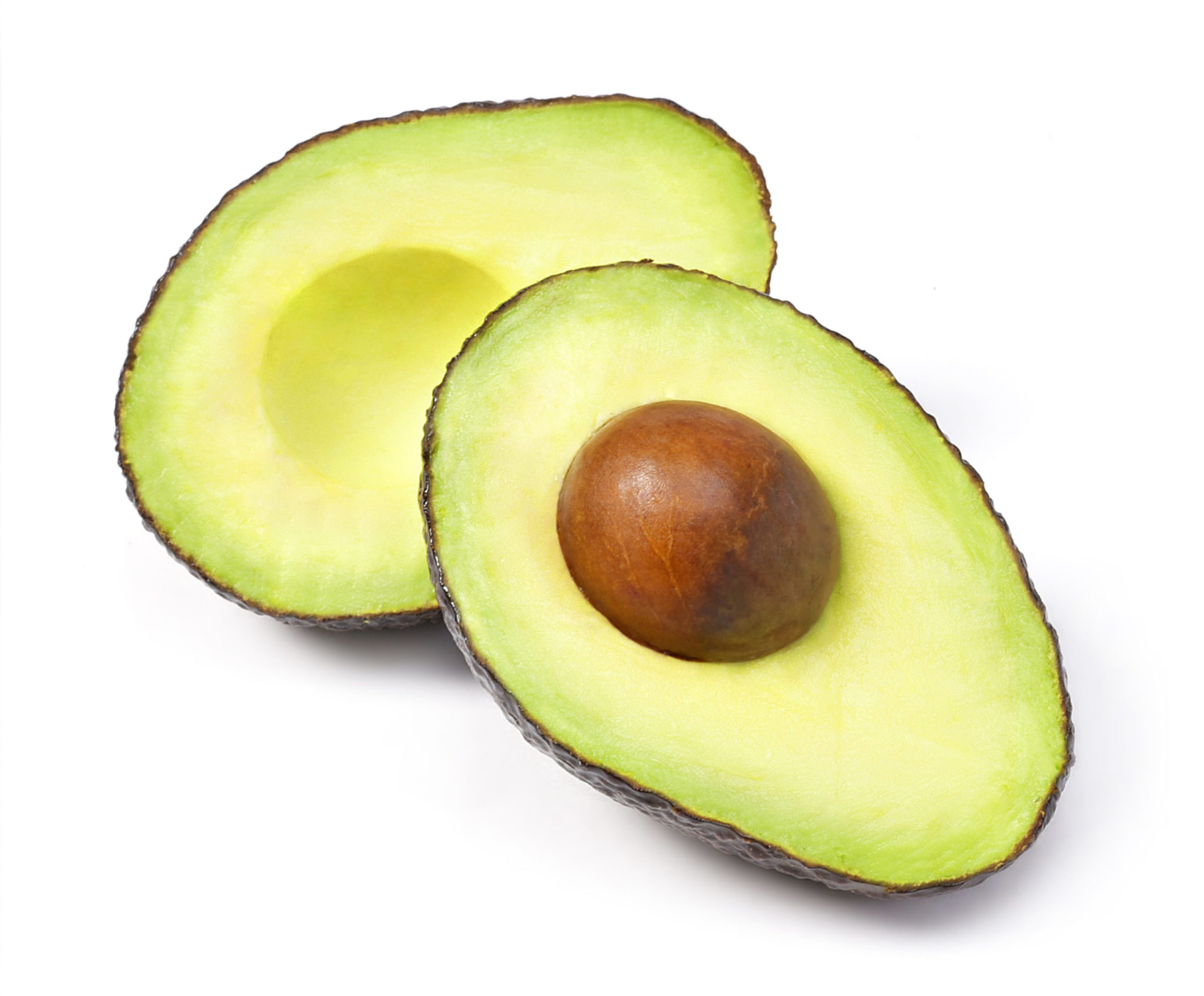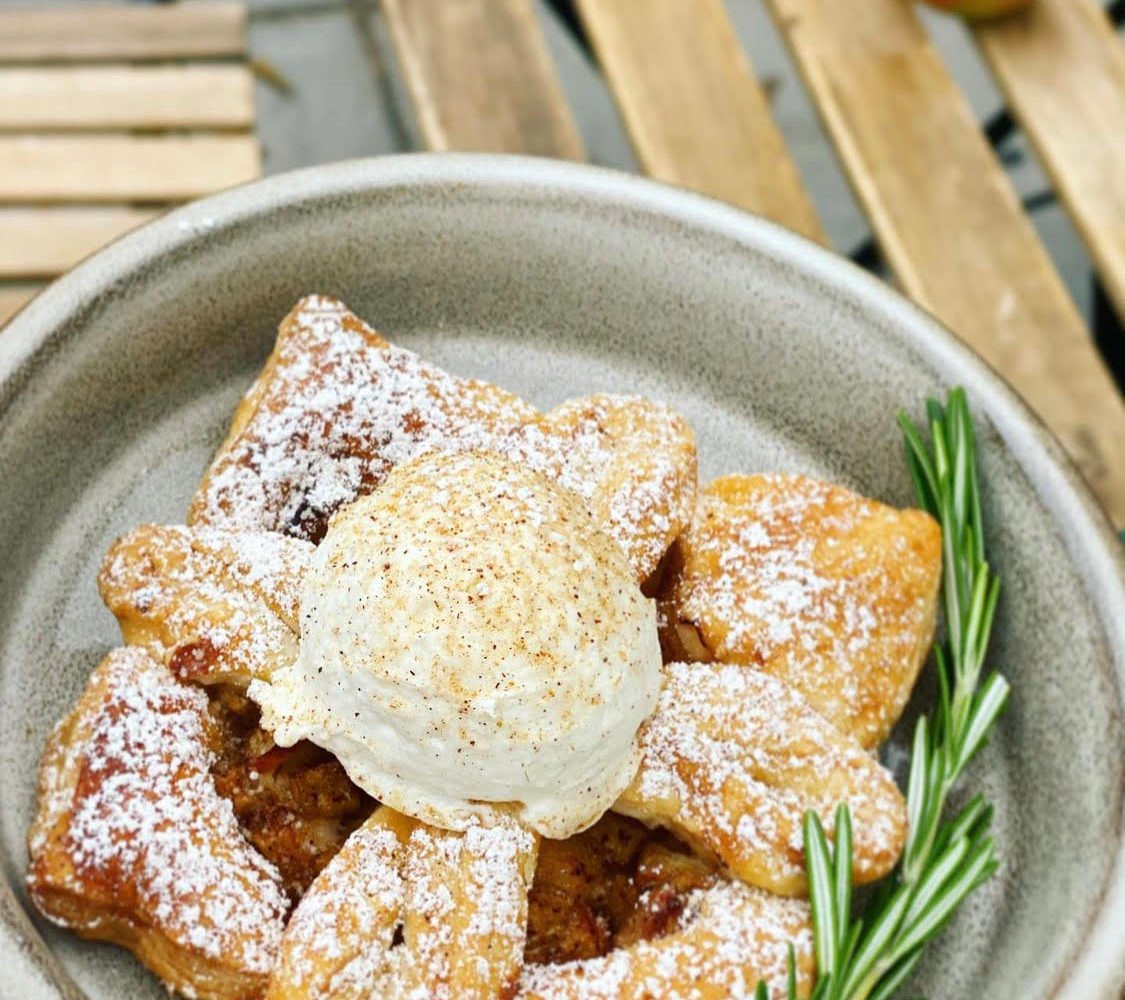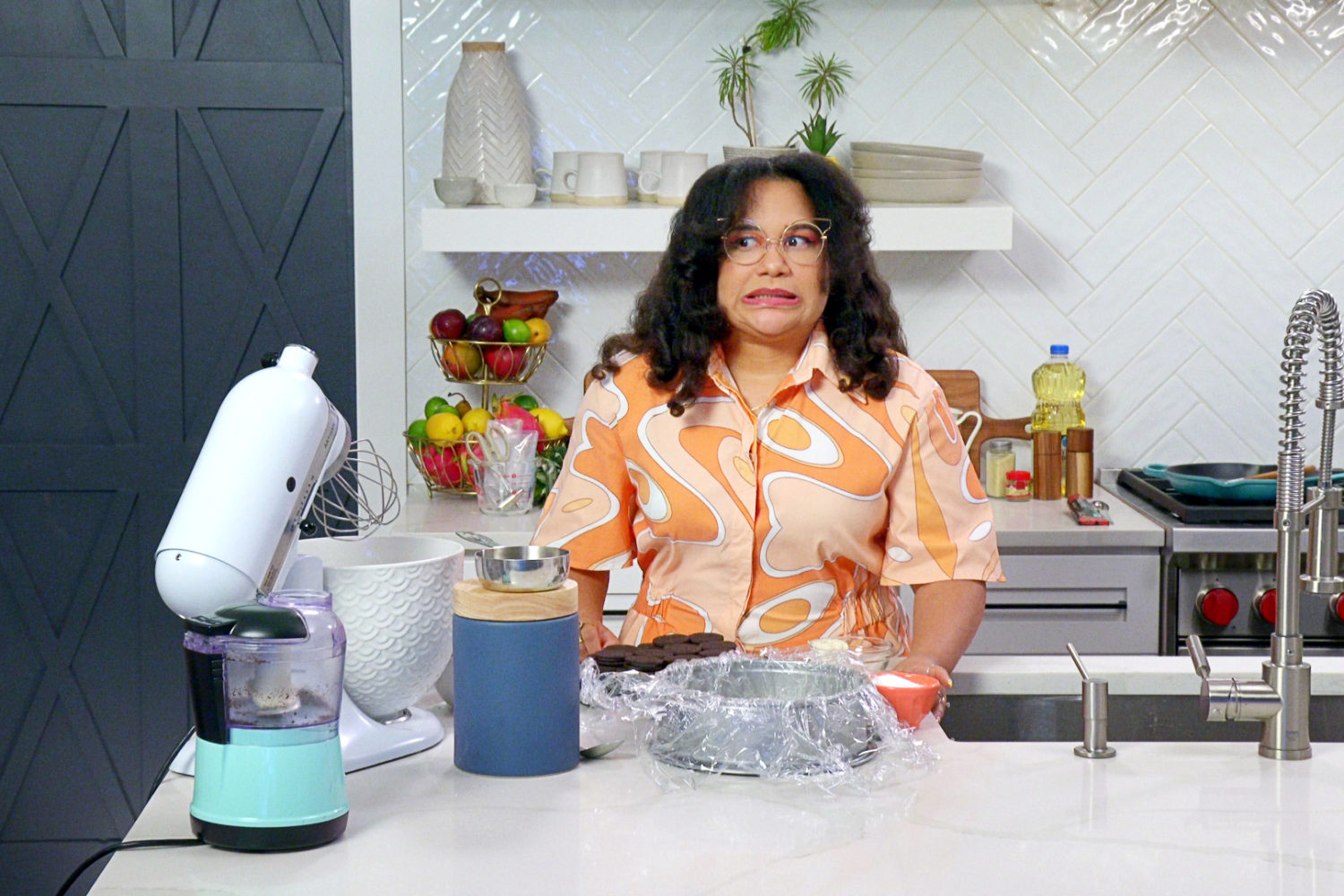It’s like a horror movie, when the protagonist is hiding in the closet and her cell starts ringing and she looks down and realizes the villain is inside the house.
The villain is indeed inside the house—specifically, the kitchen. We’re talking about avocados.
You may have read the recent Guardian article about the epidemic known as “avocado hand,” when innocent chefs just looking for some green in their lives inadvertently stab themselves trying to de-pit these nefarious little dudes. And we’re not using the term “epidemic” facetiously: Emory University researchers defined it as such when they found that between 1998 and 2017, over 50,000 knife injuries happened via people slicing avocados.
This is probably due in part to the overall increase of avocado consumption, which went up 28.5 percent from the years 1990 to 2017, according to the Hass Avocado Board. But also, maybe it’s just because they’re evil, pitted monsters.
Case in point: A 61-year-old McLean man who works in consulting (and asked to remain anonymous to protect himself from any bloodthirsty avocados reading this) was at his beach house in Rehoboth a few years ago. He was in a rush making a turkey sandwich—his buddies were in the driveway waiting to go play a round of golf—and decided to add one last ingredient. There, across the way, the avocado lay in wait, eyeing its prey.
He took a knife and cut the fruit in half, trying to gently wiggle out the pit. It wouldn’t budge. So he turned the knife point-down and went for it, and not only did it go through the pit, but also the avocado, his hand, and his tendon.
Blood started gushing out, so he fashioned a makeshift tourniquet and went to the emergency room, where a doctor stitched him up. The next day, he drove back to Washington to see Richard Barth, a surgeon at Washington Orthopedics & Sports Medicine, who operated a few days after. From that small, seemingly innocuous moment—a rush to make a sandwich—came surgery and months of physical therapy.
Barth says he sees three or four patients a year who’ve had an avocado run-in, and estimates he’s seen a general rise in these incidents over the past five years or so. Most of his patients go down the same way: trying to stick the tip of a knife into a pit, the knife slips and hits the palm. Usually the cuts are small, he says, but there’s so much critical structure in the hand that a puncture of even a couple of centimeters is enough to cause serious damage.
“It’s such a pain in the ass to recover from,” Barth says of avocado hand. Particularly when a nerve or tendon is severed: “These patients have to wear a splint, they have to go do a lot of therapy, they can’t do any gripping or grasping. It limits their activities quite a bit.”
David Moss, a surgeon who works at the same practice as Barth, says he sees even more of these cases—around 10 to 15 a year. Other offenders Barth and Moss have seen wreck havoc include pumpkins, frozen burger patties (patients try to slide a knife between stuck patties and bam, blood everywhere), and bagels, although Moss saw more bagel mishaps when he worked in New York.
And playing into that cutesy stereotype of avocado toast-fueled millennials, let’s talk about a 25-year-old Arlington journalist and avocado victim who goes by Airey. She calls her mid-toast-construction injury her “war wound for being a millennial.”
Last winter, she was making her own take Navy Yard Slipstream avocado toast (avocado, goat cheese, honey, radishes, lemon, salt and pepper, and sprouts), which she loved but was “too broke” to shell out the $8.50 for each time she had a craving. So there she was, in the kitchen, not really paying attention to what she was doing (since this is DC, she was obviously watching C-Span while cooking). She went knife point-first into the fruit and, well, you know the rest.
“I was just swearing, and there was blood everywhere,” she says of the aftermath. She took a dish towel and created a makeshift tourniquet with duct tape, then headed to urgent care. When she finally arrived at the doctor, she didn’t receive much sympathy. “The doctor laughed when I came into the room and she said, ‘Yeah, you’re not even the first avocado stab wound tonight for me,’ ” says Airey.
But has Airey broken up with ‘cados for good? Of course not. “I think I have more respect for the avocado,” she says. “I view it as more of a worthy adversary.” Still, she doesn’t watch C-Span in the kitchen anymore.
Same goes for the McLean man—like an ex you know you probably shouldn’t take back, he just can’t quit avocados no matter how they treat him. “It’s one of those things where I had to get back on the horse,” he says. “Every time I pick up a knife in the kitchen, my wife looks at me and goes ‘You okay? Do you know what you’re doing with this?'”
Thankfully, there are now avocado-cutting tools out there that let users de-pit and slice them up without any risk. The McLean man is a big fan, and he’ll probably never find himself without one—when his friends heard about his accident, they all sent him one as a joke. He has five.




















